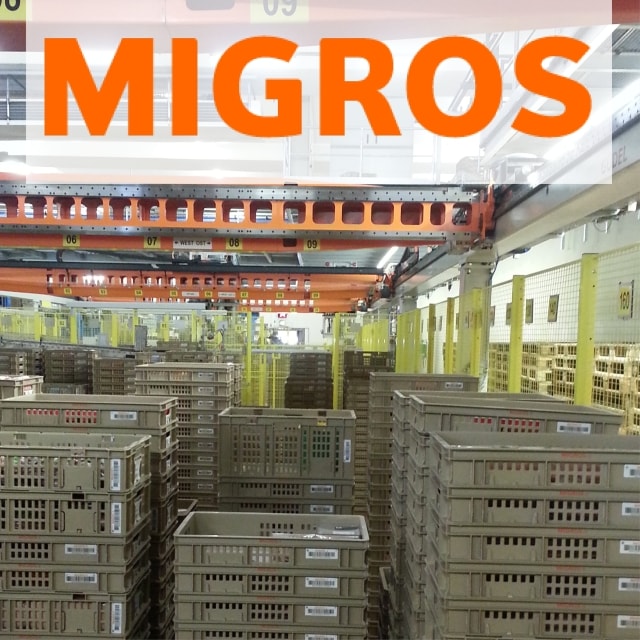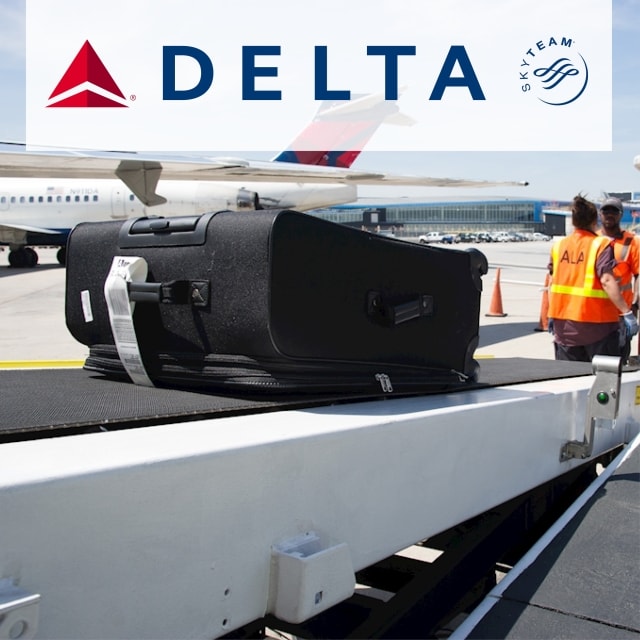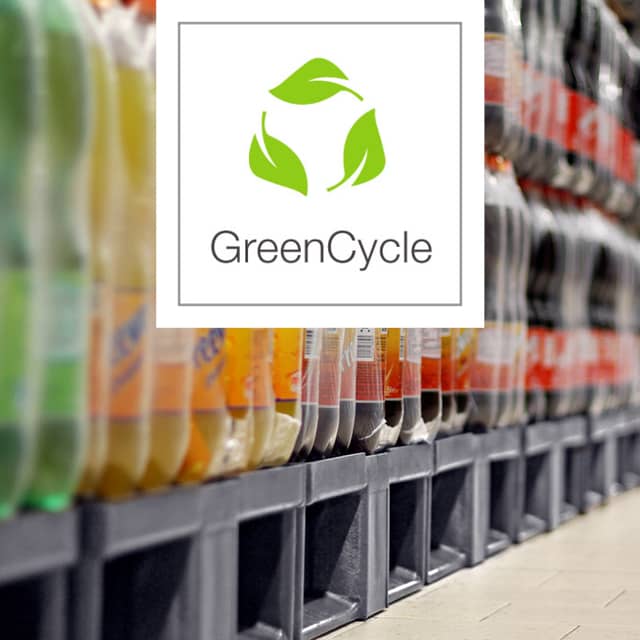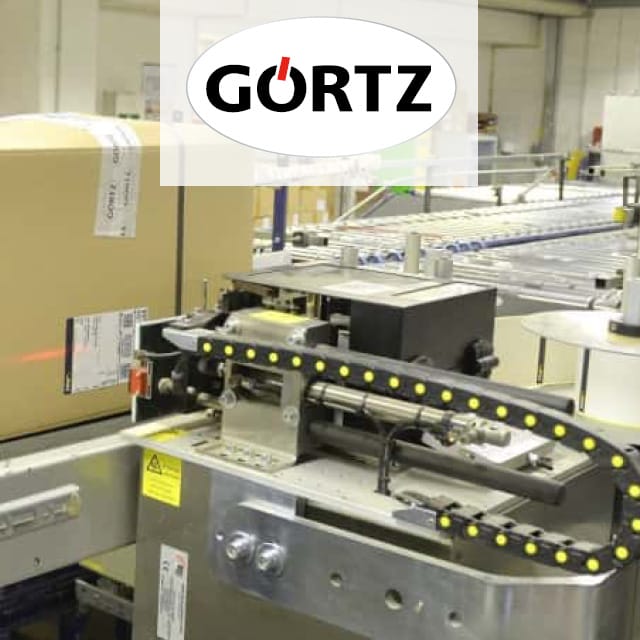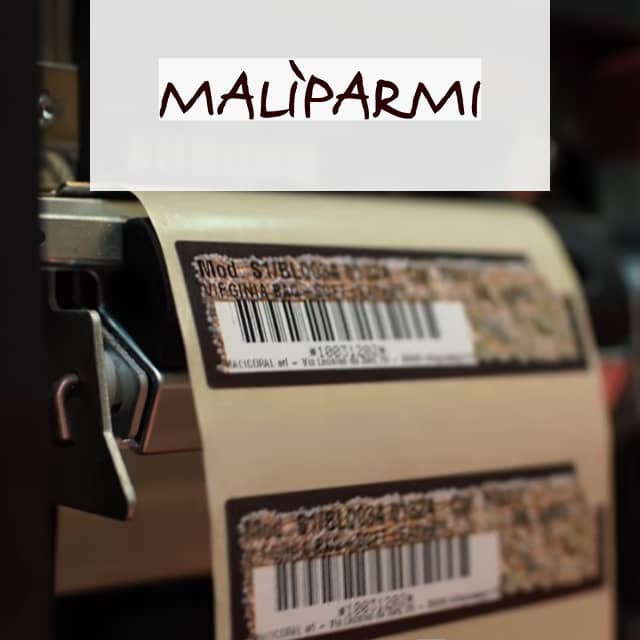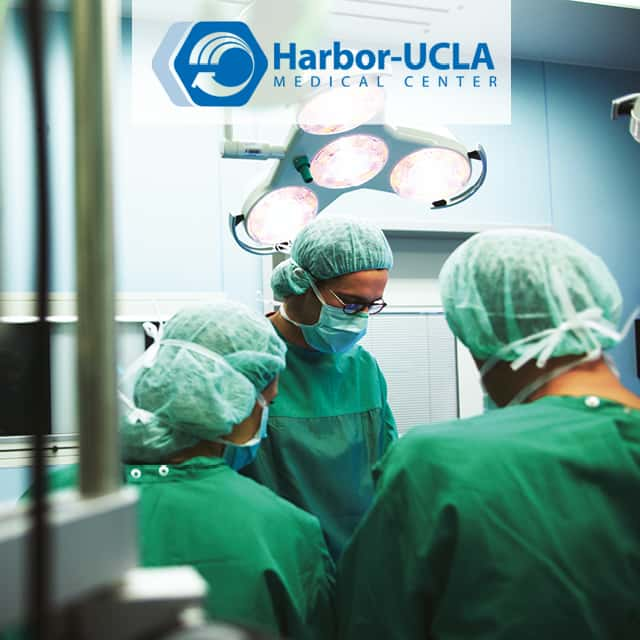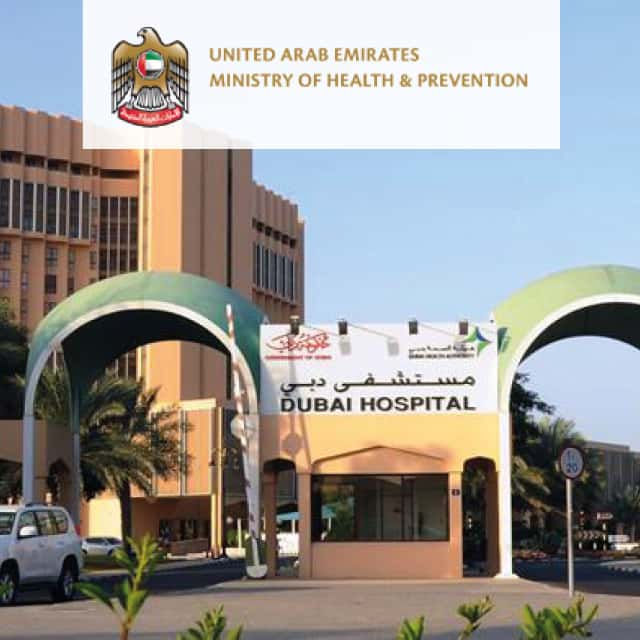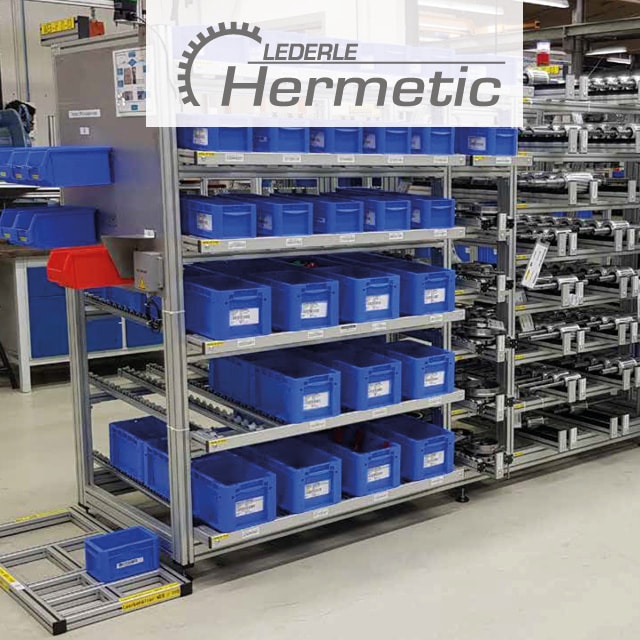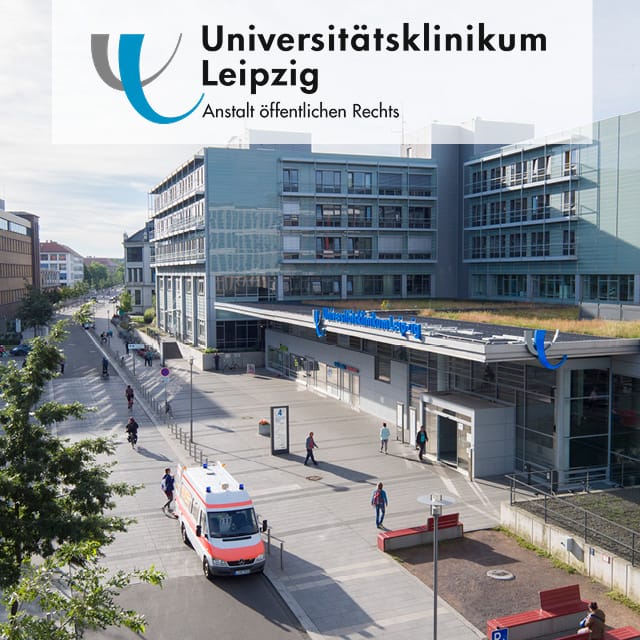
RFID-supported Logistics in the Hospital
In the University Hospital Leipzig more than 400,000 inpatients and outpatients are treated annually.
In order to guarantee optimal patient care, the University Hospital relies on innovative solutions in two areas of hospital logistics.
With over 1,451 hospital beds and more than 5,000 employees in 26 clinics, polyclinics and research institutions (7 institutes and 11 departments), it is one of the largest research institutions in Saxony and the second oldest university medicine in Germany.
Research focuses include cellular communication, brain and soul diseases, clinical regeneration and civilization diseases such as diabetes.
Process requirement
2003 the clinic started a comprehensive renewal in hospital logistics. In order to be able to supply all of the clinic's facilities, a new logistics centre including a canteen kitchen and the main warehouse was built. 19 AGVs transport 650 containers daily with food, medicines, laundry, waste and sterile goods. The adherence to given schedules in the logistic processes is elementary. The supply within the hospital must not come to a standstill.
The same applies to the internal transport of laboratory and tissue samples, medicines, blood preserves or documents by pneumatic tube: almost all of these objects are time-critical and must arrive at their destination on the clinic premises on schedule.
Solution
2018, the logistics system established at the University Hospital in 2003 was massively expanded. All important stations of the clinics and relevant facilities are now connected with each other via this system. The 19 AGVs and 650 containers in operation are coordinated by means of RFID and control software.
With the integration of RFID into the carriers, it is possible to determine the exact location at any time. Today, 15 employees are responsible for operating the AGV system. These employees coordinate more than 800 orders per day.
Thanks to RFID integration, 30 percent of the costs for maintenance and personnel could be saved. Without AGVs, 150 employees were working every day to ensure supply by manual container transport with a maximum of 350 containers at that time.
Laboratory and tissue samples, medicines, blood preserves or documents are dispatched within a maximum of 10 minutes within the campus with one of the most modern pneumatic tube systems in Germany. All important stations within the clinics and adjacent facilities can be reached with the help of the system.
The most modern pneumatic tube system in Germany comprises 120 stations, 25 kilometres of pneumatic tube, 800 pneumatic tubes and seven key converters. The seven main converters deliver 4,500 items daily to their destinations, 3,800 of which are delivered at peak times between 7 a.m. and 6 p.m.
All information about the progress of a shipment can be digitally traced on the basis of RFID tracking. Among other things, this is elementary for the validation of blood and cytostatic transports.
The modernization of the central transfer units increased their transfer capacity from 150 to 300 shipments per hour. The availability of the system today is well over 99.95 percent higher. With the new system, the increased volume at peak times can be handled more efficiently.
Advantages
- more efficient deployment of personnel in logistics
- Time savings in transport processes
- Exact adherence to predefined schedules
- doubling of the hourly transfer capacity in the pneumatic tube
Learn More
Questions? Get in contact with the editorial team!
Technologies
Application Fields






